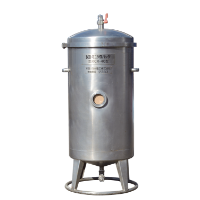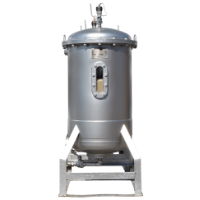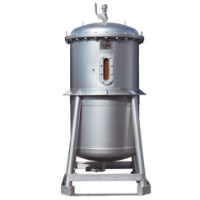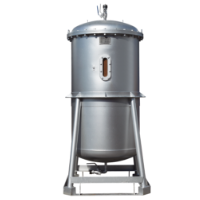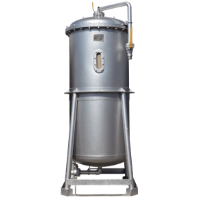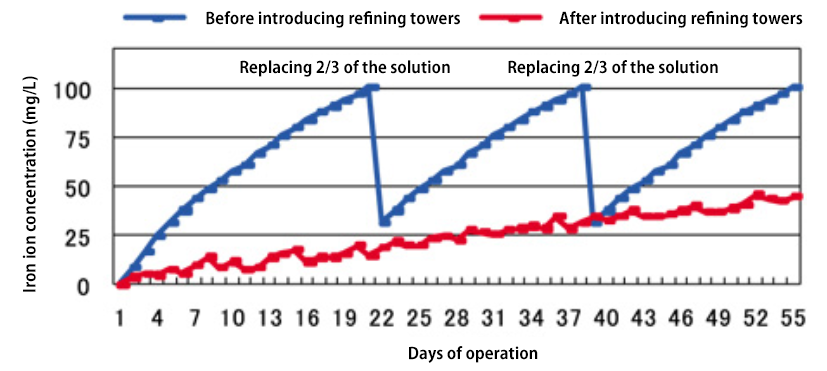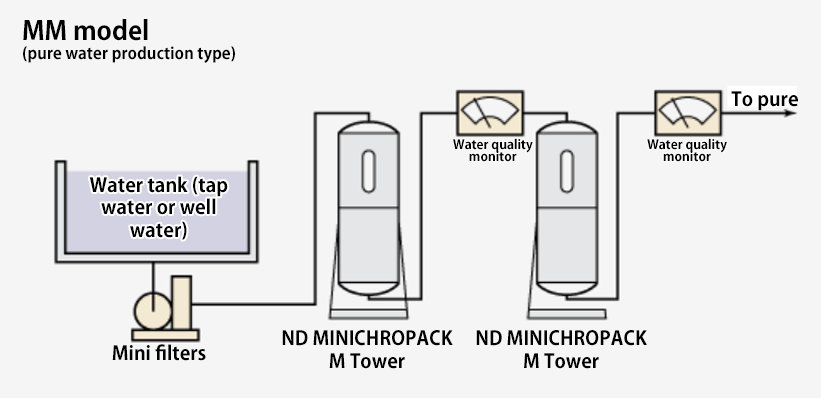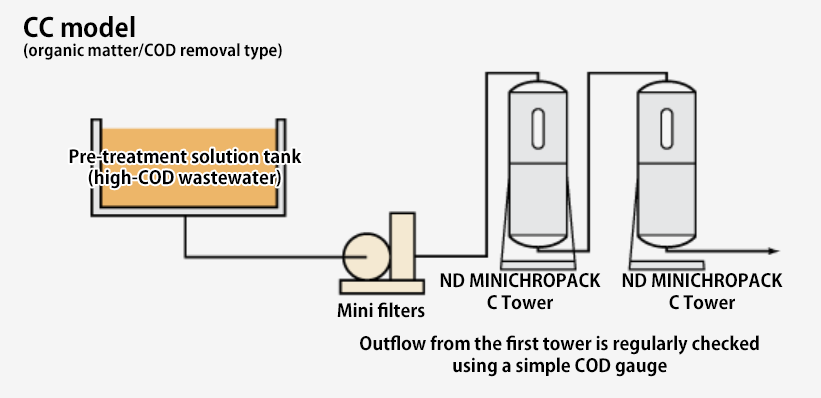Aqua Solutions Business
We contribute to the achievement of a sustainable society in this business by providing wastewater treatment equipment that purifies and recycles wastewater to promote water and resource recycling in addition to pure water production equipment that supplies the high-purity water required for cutting-edge technologies.
Wastewater Treatment Equipment (Clean Recycle Technology)
Our wastewater treatment equipment is packed with ion-exchange resin and other adsorbents. The consignment regeneration scheme at our Koriyama Plant makes it possible to recycle water and recover resources.
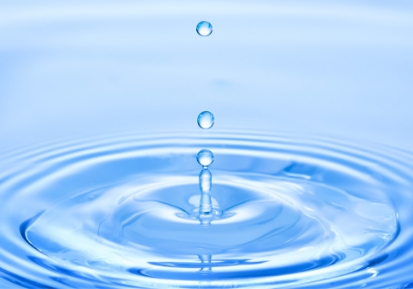
1. Purifying and reusing water and chemicals
- Wastewater can be reused as deionized water or pure water.
- When impurities are removed from the chemical solutions used in plating and other industrial processes, the solutions last longer and the water can be reused.
2. Consignment regeneration scheme
- No need for customer maintenance or chemicals for regenerating ion-exchange resin.
- No sludge is generated from wastewater treatment.
- Consignment regeneration of wastewater treatment equipment involves maintaining the equipment. Furthermore, the water treatment equipment does not constitute waste.
3. Recycling resources
- The heavy metal ions adsorbed and recovered from the ion-exchange resin are recycled.
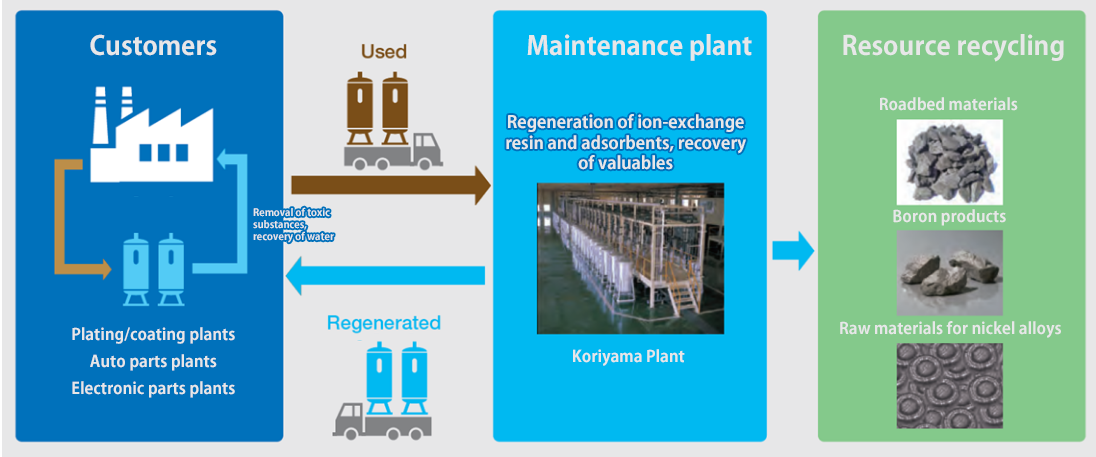
4. Sales method
- Choice of rental, purchase, or lease
5. Stable performance and robust after-sales service
- We deploy a rigorous quality control system to maintain and regenerate wastewater treatment equipment at our Koriyama Plant. Our after-sales service program is similarly robust.
Pure Water Production System (Pure Water Technology)
Demand for high-purity water (for cleaning, mixing, inspections, and other uses) continues to rise as industrial products become more advanced. Pure water is also used to produce hydrogen, which powers fuel cell EVs and thus is regarded as an essential part of the effort to achieve carbon neutrality. Our AQUA PACK pure water production equipment is a simple pure water system packed with ion-exchange resin, and it is capable of creating high-purity water by removing impurities from tap water.
Our MR PACK (pure water production equipment)-reverse osmosis (RO) membranes paired with AQUA PACK (ion-exchange resin tower)-is used at most of the on-site hydrogen stations in Japan, thus facilitating the shift to a hydrogen-based society.
Main applications
- Hydrogen production (hydrogen stations, Ene-Farm home-use fuel cells)
- Washing cars
- Surface treatment washing (plating, coating, etc.)
- Boilers, air conditioning and humidifiers
- Experiments and analysis

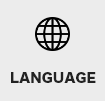


![close[]](/en/shared/img/sp/closeBtn.png)


